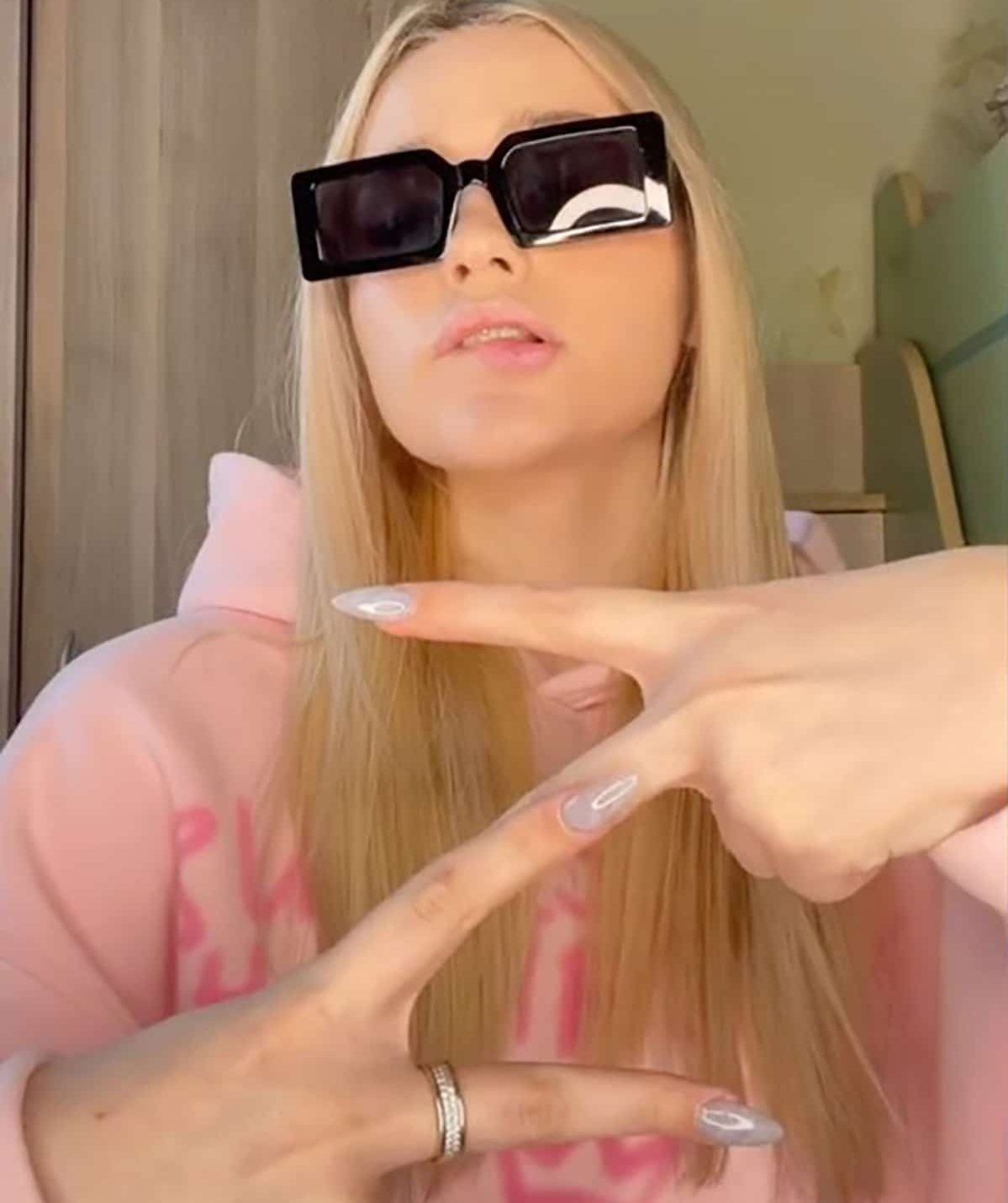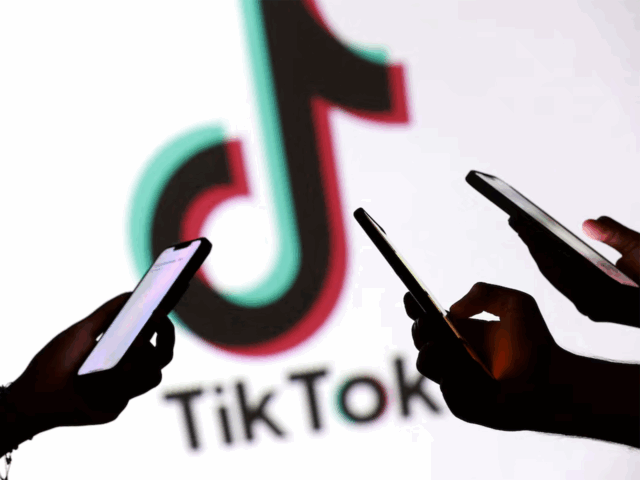In a world dominated by disinformation and fake news, the world’s major powers, Russia, China and the United States, are using influencers as propaganda machines for political gain.

In this sense, propaganda and fakes are constantly filtering through the Internet, coexisting in the same space alongside reputable news, making us doubt what is real and what is fake. This crisis of understanding is exploited precisely by the states that resort to influencers who need to compete with trending content in the ephemeral hype game of the networks.
TIK TOK AND OTHER NETWORKS OF INFLUENCE
If we connect this viralization with the new generations, the result declines in Tiktok: the new loudspeaker of these powers to achieve their socio-political goals. Something we can glimpse through tags like #RussianLivesMatter, which has already reached 19.2 million views or #RLM with more than 31 million.
TikTok influencers dance, lip sync and pose to promote Russia’s war in Ukraine. Videos of teenagers forming the letter “Z” with their hands as a symbol of support for Russian militancy are constantly played. In others, they appear with posters denouncing “Russophobia”, “infowars” and “nationalism”.
The watchdog organization Media Matters analyzed all these videos to produce a report uncovering a pro-Russian propaganda campaign made up of 200 Russian Tiktokers preaching the following message: Russia is defending its own people against Western-induced aggression in Ukraine. Also, that it was being unfairly persecuted by the media, as an attempt by the Kremlin to garner support through Tiktok for its invasion of Ukraine.
ALGORITHM MANIPULATION
Amid all this hostile amalgamation of fake news, Tiktok decided to ban posts from Russian accounts based on its “fake news” law in the country, in which the dissemination of false information about the war is punishable by 15 years in prison. Still, users found new ways to project their message without being punished for it.
In another investigation, this time published by Vice, an anonymous Telegram account was discovered asking Russian TikTok influencers to spread their communique. Posts in which the operators indicated which emojis, texts and audios to use.
China also entered into this murky equation through the creation of a network of social media personalities to promote its state-sanctioned government policies on world affairs. In parallel, the White House connected with 30 tiktokers through Zoom to convey the US approach and narratives against Russia.
Faced with all this viralized global content, the response of Tiktok’s algorithm is to amplify it and make it reach more viewers; as it interprets it through a positive lens for its infinity of reactions, sharings and likes. The transmitters of all this political propaganda know how to manipulate the algorithm, designing videos that appeal to emotions such as anger or pain, capturing the attention of young people in constant search of answers to a dystopian world.
Sigue toda la información de HIGHXTAR desde Facebook, Twitter o Instagram
You may also like...





